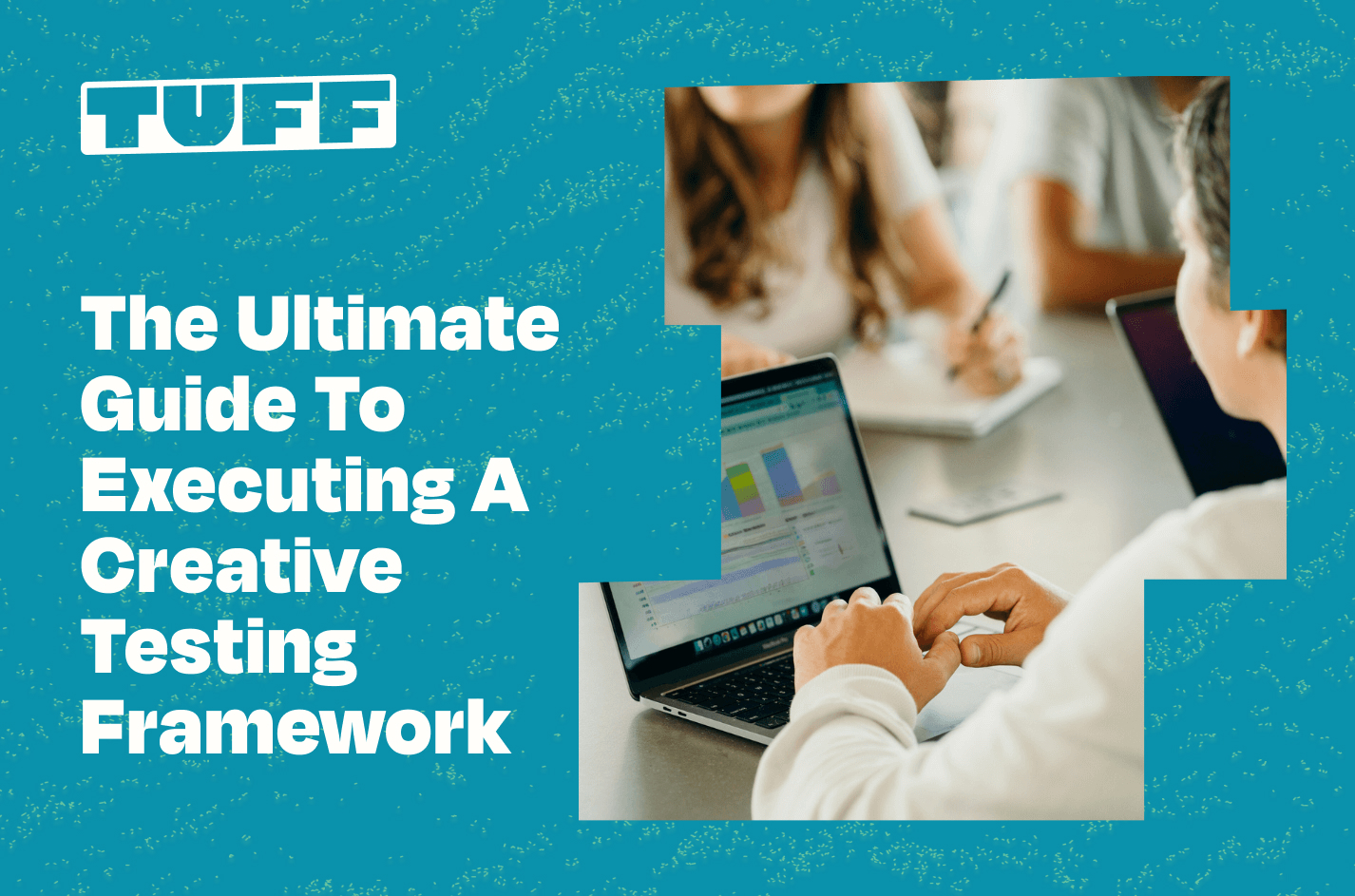How to Measure and Invest in “Dark Social” Campaigns
As marketers know all too well, one of the hardest parts of the job is measuring success in your campaigns. Digital marketing was supposed to be different though. It promised the ability to measure all of the touchpoints that your individual advert had with customers so that you could quickly and definitively tell if your marketing was working.
But it hasn’t played out quite that way.
As the profession has matured and the placements have expanded, it has become harder than ever to measure the impact of your marketing dollars. Every platform tells an ostensibly different story than the next, and none of them seem to capture the full story.
That’s because of that dirty little A word, Attribution. Every channel leverages its own attribution models to measure the effectiveness of an ad campaign. Marketers struggle to tell the story as many default to last-touch or first-touch. Some get crafty and leverage more complex attribution models like U-shape or even Time Decay attribution.
This has been exacerbated by Apple and their App Tracking Transparency that was ushered onto us with iOS 14 in 2021. Suddenly, tracking the user journey became more complicated.
Many growth marketing agencies and brands have turned to multi-touch attribution and market mix models to justify their spending at the top of the funnel. They know that investment in awareness is critical, but can they tell that story with data?
Fortunately, there is a framework available that can help shape that story by tying in dark impact. Read on to learn more.
What is a dark impact campaign and why are they important?
There used to be an old rule of thumb that circulated through marketing textbooks that said a person needs to see or hear your ad 7 times before they’re ready to buy your product. While this number is constantly debated, the underlying logic is that people need time to warm up to you before they trust you enough to make a purchase.
This is increasingly true for B2B marketing. Buying cycles are getting longer, and this is being exaggerated by slowing market conditions. There are more stakeholders and decision influencers than ever before. So there are more people that need to be comfortable with you and your product or service before they’re ready to even schedule a demo or take a call.
But relying only on last-click metrics can be costly. That is where Dark Impact comes in.
Dark Impact, Dark Funnel, and Dark Social are all concepts that describe the activities inside of the buyer’s journey that you can’t measure or account for. Specifically for the context of this blog, we’re describing how viewing an ad on Facebook then turns into a Google Search or a TikTok purchase.
Some examples of Dark Social activities are:
- An exchange in the comment section of a Facebook post
- Asking your friend or colleague on LinkedIn for their opinion on an agency or analytics tool
- Doing a Google search after seeing an ad
- Scrolling through TikTok product videos to learn more
These dark funnel activities don’t show up in analytics, yet they influence decisions constantly.
How to get “dark impact” data into your analytics tools
Dark Intent Metrics
When it comes to measuring dark impact, by definition, these metrics are a bit more elusive. They’re not readily available inside of a single analytics tool.
Still, there are a few metrics that you can look at to get an idea of how dark activities are impacting your marketing performance.
Branded Queries in Google Search Console
First, using Google Search Console you can visibly see awareness being created. Looking at the performance report, you can get an idea of what queries your website is showing up for organically.
To get an idea of the dark impact on your website’s traffic, what you’ll want to do is benchmark how many impressions you were getting on branded queries prior to starting campaigns or making campaign changes.
From there, you can compare the number of impressions that you’ve received since the campaign went live. This will help you to see that more people are turning to Google to learn more about your brand.
Note: This is far from a perfect solution. It shows you the cumulative lift or decline but it doesn’t help you identify which channel or campaign specifically led to the change. There are ways you can isolate variables when using this particular measurement method to prove the effectiveness of top of funnel campaigns.
When combined with more data though, the picture begins to gain some more fidelity.
GA4 Conversion Path
Another useful way to get an idea of the dark funnel your customers are following is to use the Conversion Path report in GA4. This report is also available in Universal Analytics but since Google is deprecating Universal Analytics in favor of GA4, we’ll focus on that.
Inside GA4, if you click the advertising tab on the left-hand side, you’ll arrive at an advertising snapshot. Underneath Attribution on the left, you can click conversion paths to see all of the touchpoints that are being used on the way to conversions on your website.
To get the “Dark Utility” from this report, you have to read between the lines a bit. This is a starting point for the exploration and not the destination.
I recommend changing your filtering from Default Channel Grouping to Campaign. This will allow you to identify how many campaigns users are touching before they’re ready to convert. Maybe the users visited 3 of your traffic campaigns and 1 Google Display before finally clicking a Google Search ad.
If most of the converters happen from a single campaign touched, then congratulations you have an all-star.
If though, most conversions happen from multiple touch points across multiple channels, this is an invitation to dive deeper. This signals that it took more coaxing before they were ready to convert, and there’s no reason to suspect that there wasn’t more influence here.
Meta “Go To Google” Metrics
One of the challenges of reporting with Meta and other DSPs is that each platform uses its own model for attribution. Many of these platforms include view-through conversions that don’t appear inside of Google Analytics.
The most common attribution view in Meta is “7-day click or 1-day view”. This means that Meta measures conversions that happen within 7 days after a click on an ad or 1 day after you view it.
This presents a challenge for marketing managers and directors that need to reconcile the data in their primary analytics tool with what their media buyers are reporting within the ad accounts.
Fortunately, the Meta Pixel collects all website traffic, not just traffic coming from Meta ads. This means that we can build custom audiences and filter where the traffic came from using both referring domains or UTMs contained in the individual URLs.
What are Meta “Go To Google” Metrics?
Using custom conversions inside of Facebook’s ads manager, we can build micro conversions that capture the number of people that view your Facebook ad, don’t click, and travel to your site via another channel.
As we’ve covered, tools like Google Analytics are really good at measuring Bottom Funnel campaigns because they are typically more measurable and direct. Where they leave a lot on the table, though, is in evaluating how ad impressions on one channel affect performance on another lower funnel channel.
There may be instances where a campaign doesn’t drive a high volume of clicks or last-click revenue, but that campaign is excellent at generating awareness and getting people to do a Google search.
Using more traditional methods of tracking saddles you with this blindspot. Using the “Go To Google” Metrics helps you see things that were previously hidden.
How to Track Facebook Impressions to High-Intent Google Searches
It’s actually pretty simple to build custom conversions in ads manager to measure the impact of dark social campaigns on Meta. It essentially entails two steps:
- Create custom conversions Inside of Facebook to Measure Traffic From other web sources
- Setup Your Facebook Columns so that you can see the results
Watch the video tutorial below to see how you build these custom conversions and bring the data into your Facebook columns to see results.
Translating dark social impact to leadership
What gets measured gets managed. The presumed certainty that derives from being able to see a clear and direct link between ad spend and revenue can be alluring for c-suite executives and board members.
That’s why it is imperative that you understand the story so that you can paint the picture clearly for important stakeholders. The gift and the curse of performance marketing and demand generation efforts is that we have tidy metrics that make us feel like we can confidently tell a story. The problem is that that story is devoid of context without examining the impact of ad impressions and other hard-to-measure activities.
The ability to not only recognize the dark impact ,but also to be able to explain it, allows you to unlock control of a deeper more meaningful narrative.
It allows you to justify continued investment in channels and campaigns that might not look as strong in Google Analytics.
It helps to illustrate how one channel affects another one in your brand’s marketing ecosystem.
It is for this reason that as you evaluate the effectiveness of your campaigns across stages of the marketing funnel, you spend some time looking at blended metrics like CPAs and CAC. Combining blended metrics, with dark funnel measurement will seat you in a position to make more intentional decisions.






